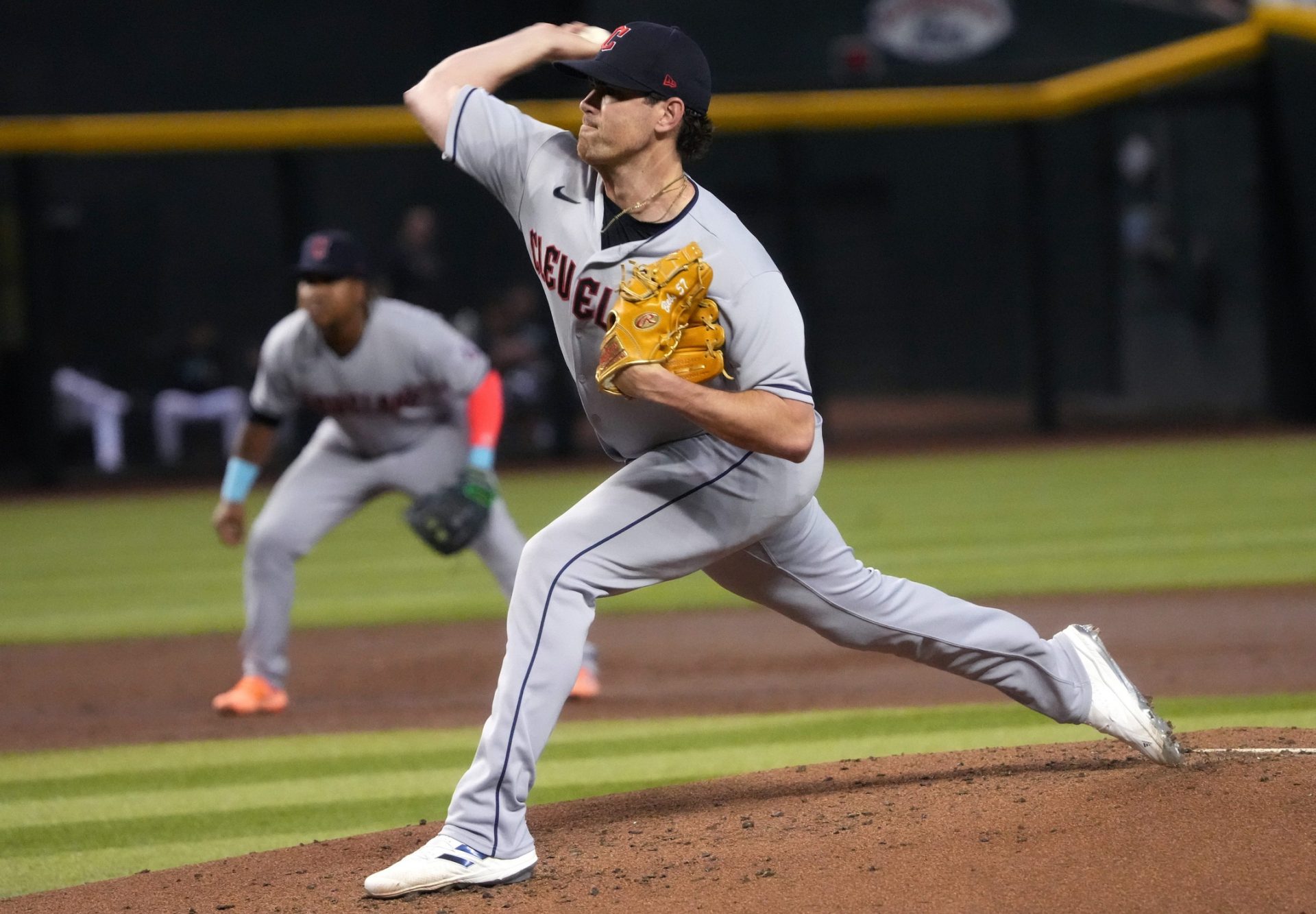In college baseball, being a walk-on is not only a status but also a badge of honor. Unlike scholarship players, walk-ons begin with no guarantee. No assurance of playing time. No scholarship money. Just a dream and an unwavering determination to prove they are a cut above.
But every so often, one of these gritty underdogs forges a legacy that will inspire generations. They are the five greatest walk-ons in college baseball history — players who beat the odds and walked the path to greatness.

5 of College Baseball’s Unlikely Heroes
1. David Eckstein – Florida (1994–97)
David Eckstein wasn’t your stereotypical ballplayer. At 5’6″ and 170 pounds, he resembled your high school geometry teacher more than an MLB All-Star in waiting. But hustle? He had plenty of it.
Eckstein walked onto the Florida Gators in 1994 and shortly thereafter demonstrated that hustle doesn’t have to come in inches. In 1996, he contributed to helping the Gators advance to the College World Series and was a first-team All-SEC selection both in 1995 and 1996.
His tale did not end there. Selected in the 19th round by the Boston Red Sox, Eckstein worked his way up the ranks to become a two-time World Series champion and 2006 World Series MVP with the St. Louis Cardinals.
2. Darryl Hamilton – Nicholls State (1984–86)
Darryl Hamilton began his college career anonymously — a walk-on at Louisiana’s Nicholls State University. But he did not take long to make some noise.
Hamilton broke school stolen base records, with 140 swipes during his college career. He led his team in runs for three consecutive seasons. This has also earned the reputation as one of the most feared base runners in the history of the NCAA.
The Milwaukee Brewers signed him in the 11th round in 1986, and Hamilton played 13 years in the major leagues, closing out his career with a .291 career batting average. Hamilton was a pro’s pro on and off the field, and after retiring as a player, he became an esteemed MLB broadcaster.
Nicholls State continues to commemorate him with the No. 11 jersey, which is awarded each year to a player who most accurately represents leadership and character — the real sign of a legacy.
3. Ryan Howard – Missouri State (1999–2001)
Before he was mashing home runs in Citizens Bank Park, Ryan Howard was a walk-on at Missouri State (then known as Southwest Missouri State).
A massive left-handed hitter with raw power, Howard struggled with strikeouts early in his career, and scouts questioned his upside. But his determination ultimately paid dividends. By his junior season, he was one of the most feared hitters in college baseball.
Howard was drafted in the fifth round by the Phillies in 2001. Over the next decade, he became a franchise icon: the 2006 NL MVP, 2005 Rookie of the Year, and a central figure in Philadelphia’s 2008 World Series championship. His 58 home runs in 2006 were the most by any player that decade.
4. Brett Gardner – College of Charleston (2002–05)
Brett Gardner wasn’t recruited out of high school. Not a single college gave him a scholarship. So he arrived at the College of Charleston tryout in 2001, all but begging for a chance.
He made the team — by the skin of his teeth — but he turned that opportunity into one of the greatest walk-on stories in NCAA history.
Gardner became an integral component of Charleston’s success, taking them to their first NCAA tournament victory in 2004. The Yankees drafted him in the third round of the 2005 draft, and for 14 seasons, he established himself as one of the most consistent and durable players in the league.
A Gold Glove winner and 2009 World Series champion, Gardner’s work ethic and speed made him a favorite among fans in the Bronx.
5. Shane Bieber – UC Santa Barbara (2014–16)
Shane Bieber didn’t even become a member of his high school varsity team until his junior season. When he arrived at UC Santa Barbara, he had no scholarship — only a strong arm and a huge dream.
He walked on with the team and quietly established himself as the Gauchos’ ace, renowned for his command and composure on the mound.
KEEP READING: 7 Best College Baseball Teams That Didn’t Win the College World Series
By 2016, he pitched complete games in the NCAA tournament and guided UCSB to its first College World Series. Bieber, Cleveland’s fourth-round draft pick, did not hesitate to make his presence felt in the majors.
In 2020, Bieber captured the AL Cy Young Award with a 1.63 ERA and 122 strikeouts through just 77 innings of the abbreviated season.
College Sports Network has you covered with the latest news, analysis, insights, and trending stories in football, men’s basketball, women’s basketball, and baseball!

